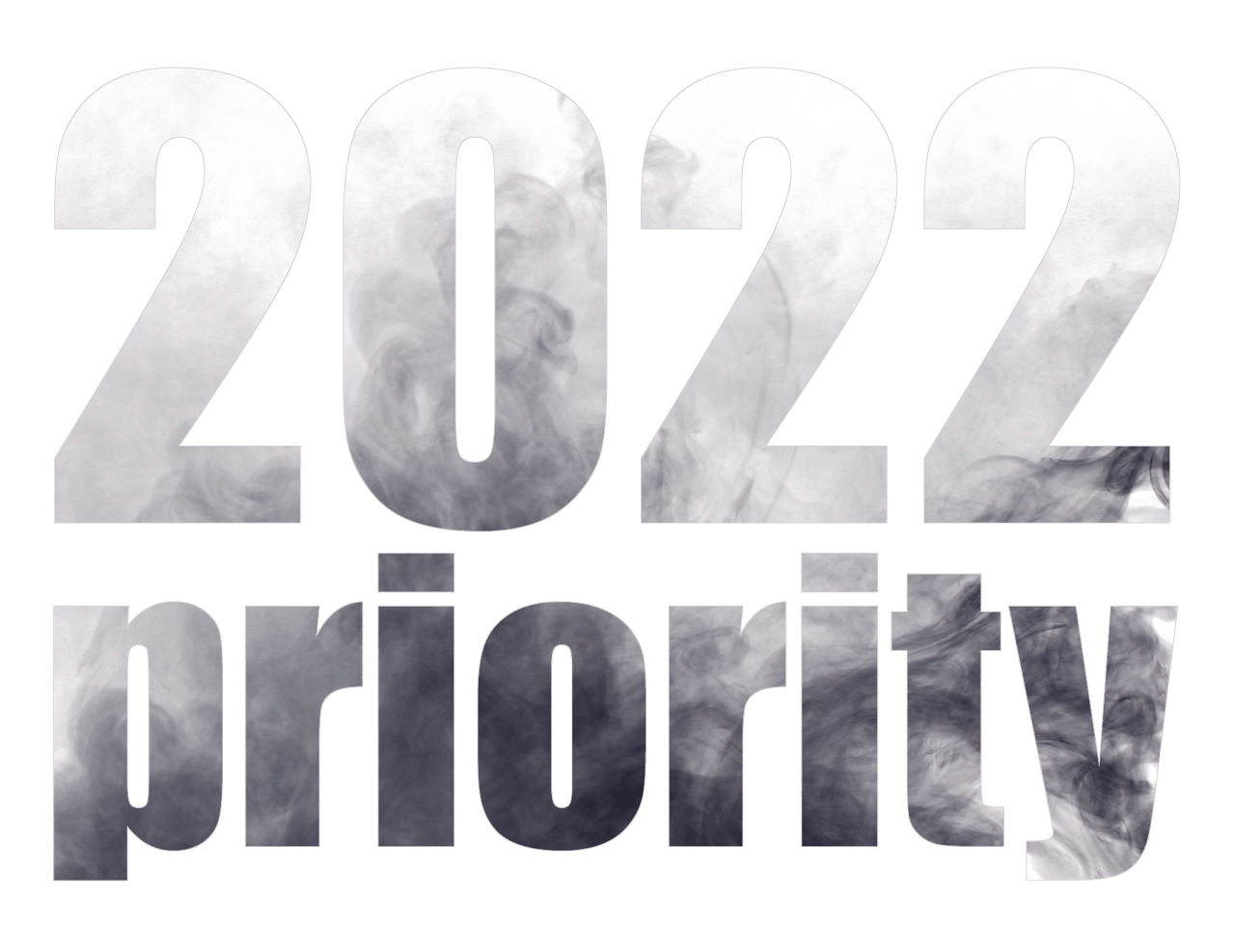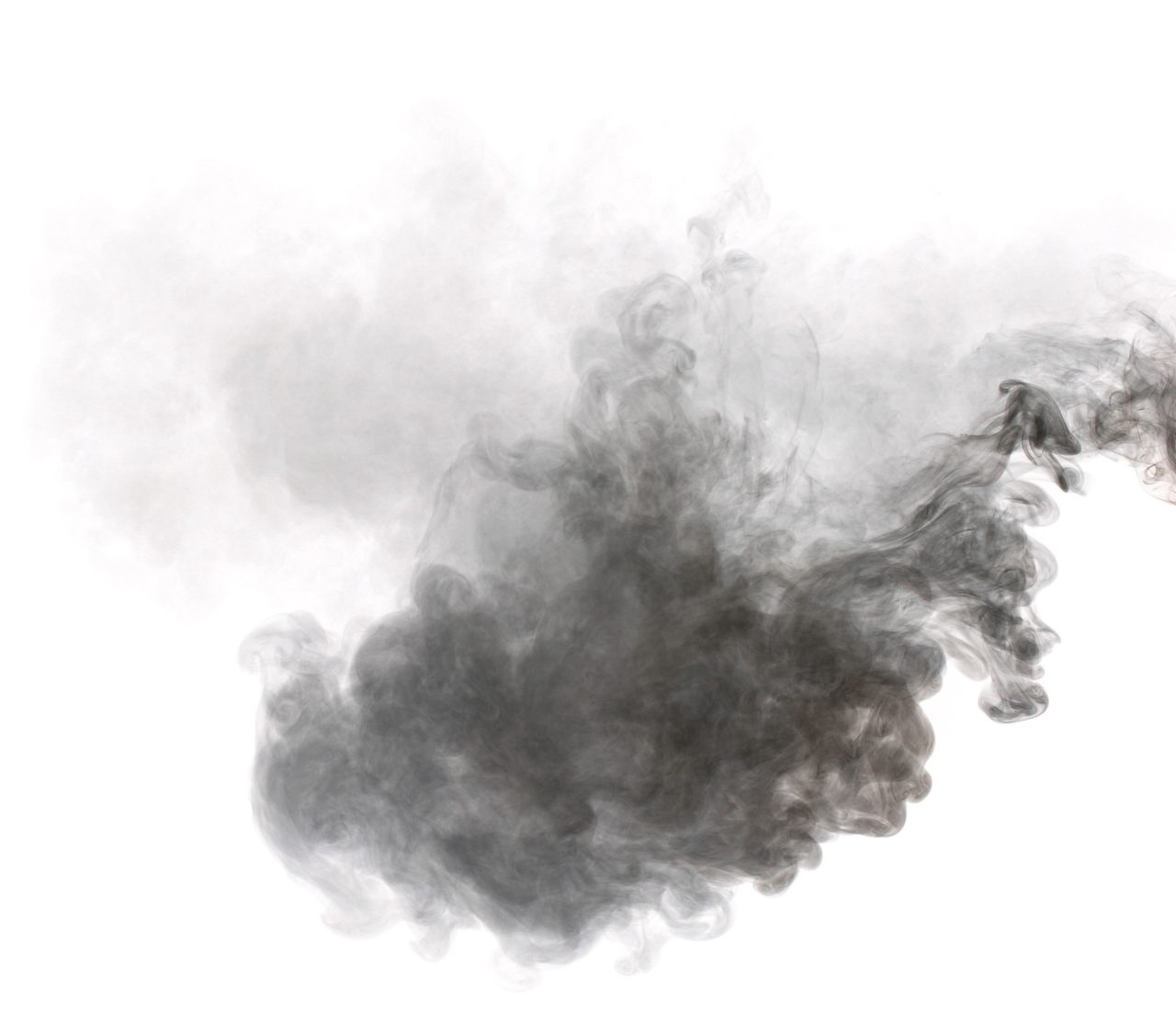Industrial hygiene

Photo: waraphorn-aphai / iStock / Getty Images Plus via Getty Images.

Indoor air quality
Buildings suffering from under ventilation, toxic hazards need help
By Michael Driedger

n 1969 the Cuyahoga River in Ohio caught fire. This would have been a big news story at the time, had it not been for the fact that the river had caught fire numerous times in the past, in fact 13 times since 1868. However, what was notable in 1969 was that this time the fire, on an oil slick, was near the city of Cleveland and subsequently influenced how quickly the country adopted the Clean Water Act in 1972.
In 1973, ASHRAE Standard 62 reduced required ventilation from 10 cubic feet per minute (4.7 L/s) per person to 5 cubic feet per minute (2.4 L/s) per person. This action was found to be a contributing factor to “sick-building syndrome,” with building regulations getting tightened and ventilation rates being decreased to save energy. The policy was well intended, but today we are still dealing with a legacy of under ventilation and other significant issues inside of buildings that impact their health.
In the case of sick-building syndrome, many of the issues identified were related to mold being associated with legionnaire’s disease, spores causing breathing issues and other nasty illnesses becoming a risk. At that time, we did not yet fully understand the effects of VOCs off-gassing in a space, nor had asbestos yet been identified as a major building issue.
I
Change is slow
I remember in the first days of the green building movement (back in the early 2000s), it was very difficult to get people to agree that initiatives like flame retardants could be doing more harm than good (through off-gassing). Equally, attempting to remove VOCs and formaldehyde from products was something worth doing. Those early versions of LEED got a great deal of push back but now EPDs (environmental product declarations), MSDS (material safety data sheets), and things like the chemicals of concern repository from Pharos are becoming more and more mainstream in the building industry.
All the effort to remove toxic items from materials, water and our lives is considerable, but we haven't yet turned our attention to our indoor environments and taken the same kinds of action evidenced by many studies and through real-time monitoring.
It’s very hard to completely keep our particulate matter from buildings for example. It’s difficult because particulate matter is not just one type of contaminant. It’s a group of many different contaminants that are suspended in the air. Some are visible, like smoke or smog, but others are smaller and invisible, like soot or ash. Pollen also falls into this category. High levels of PM1, PM2.5 and PM10 (dust and other indoor pollution) in indoor spaces can trigger asthma or allergies and aggravate coronary or respiratory issues. Keeping them out with building filtration systems requires more maintenance and filter changing than is commonly happening in buildings.
“I don’t think there’s any question that Biden will issue an emergency temporary standard very early in his tenure.”
Indoor air quality should be a priority
As an industry, we don’t yet have a handle on VOCs. We’ve seen spaces where material selection for low VOC was very well done yet high levels still exist (correlated to CO2 levels, so it’s very likely being brought in by people). High levels of VOCs in indoor spaces can reduce cognitive function and are a health risk. For a healthier and safer building, getting VOCs as low as possible is now a priority.
Even CO2 can be an issue in building. High levels of CO2 in indoor spaces can reduce cognitive function and are also a health risk. For a healthier and safer building, you monitor your indoor air quality in real-time, set alerts to identify risks, and optimize your system to save energy through our software
While COVID is on everyone’s minds these days, we shouldn’t forget that this virus is not the only concern with regards to indoor air quality. That said, creating viral indexes based on data such as relative humidity and temperature which affects virus survival rates, CO2 which can detect the likely amount of virus in the air, and particulate matter (transmissibility), are now available through sensor manufacturers. Of course the work is still ongoing to make this fully optimal, but let’s remember that improved IAQ doesn’t only lead to reduced virus risk, but also to reduced chemical risks.
Risks aside, the upside of improving indoor air quality (we spend 90% of our time indoors) will mean better sleep, thinking more clearly, and just generally feeling better - less lethargic with greater energy. While water quality regulation became a priority within 3 years after the Cuyahoga River incident, we should remember that we drink 6 liters of water a day but breathe 8 liters of air every minute. Makes you think doesn’t it?
The impetus of the pandemic and the risks associated with where we spend most of our time, will hopefully lead to changes throughout the building industry that will reshape the world beyond COVID.
The following are the key differences where the Construction 1926 Subpart AA confined space regulation is more stringent than the General Industry 1910.146 confined space regulation:
Michael Driedger is the founder and CEO of Airsset Technologies, a platform of software and IoT devices that allows for the measurement, analysis and solving of air quality for indoor spaces with the goal to create healthy and productive spaces for all through digital transformation. Prior to launching Airsset, Michael co-founded and was CEO of a software SaaS company in the hospitality space and has a long career in the green/healthy building industry both as a consultant and founder. www.airsset.com
